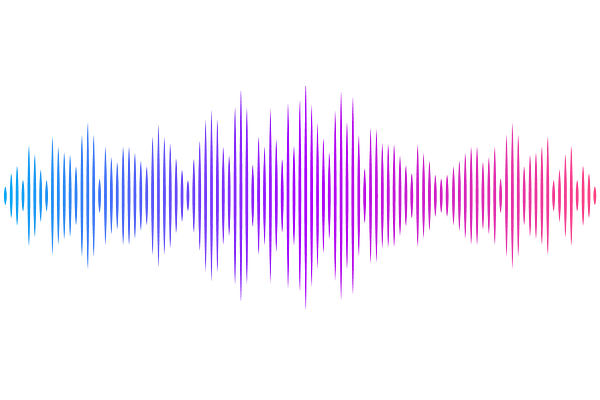Evidence for Transcriptomic Conservation Between the Main Cells of the Drosophila Prostate-Like Accessory Gland and Basal Cells of the Mammalian Prostate.

Evidence for Transcriptomic Conservation Between the Main Cells of the Drosophila Prostate-Like Accessory Gland and Basal Cells of the Mammalian Prostate.
Church, S. J.; Kriebel, A. R.; Welch, J. D.; Buttitta, L.
AbstractThe Drosophila accessory gland performs functions analogous to the mammalian prostate in production of seminal fluid components that are essential for male fertility. The mammalian prostate and Drosophila accessory glands share a similar tissue organization and structure. Both organs contain secretory epithelial cells forming a gland lumen, surrounded by a stroma with extracellular matrix enveloped by innervated muscle for organ contraction and fluid release. However, the Drosophila accessory gland secretory epithelium is postmitotic, polyploid and binucleate, and lacks a known stem cell population. By contrast, the mammalian prostate epithelium is made up of diploid luminal secretory cells and diploid basal cells that are maintained by at least two stem cell populations. Despite the differences in the tissues, it has been argued these tissues may share a deep homology based on the expression of conserved genes during development. Here we performed a cross-species comparative analysis using single-cell RNA sequencing data from adult tissues using data from the Drosophila Fly Cell Atlas and mammalian adult prostate single-cell datasets. Our analysis provides additional evidence of transcriptomic similarity between the main epithelial cells of the Drosophila prostate-like accessory gland and the basal epithelial cells of the mammalian prostate. While we do not know whether these similarities reflect shared evolutionary homology, or independently derived features due to shared tissue functions, our results strengthen the arguments that the Drosophila accessory gland can be used to effectively model aspects of human prostate biology and disease.